Space Travels - The Colours of Space - episode one
Imagine travelling through space to galaxies far away
The Macquarie University Astronomical Observatory proudly presents: Space Travels - a gateway to explore our magnificent Universe.
MQ Space Travels is our brand new LiveStreaming Series intertwining astronomy and astrophysics with state-of-the-art technology and story-telling.
For our very first episode, we bring to you “The Colours of Space” with Macquarie University’s very own Stellar Astrophysicist Dr. Devika Kamath and hosted by Social Media Space Reporter Tara Foster
Follow the hashtag #MQSpaceTravels on all the socials and to ask questions.
Link to livestream event: https://fb.me/e/1if1dFYNA
Episode one equipment and object slideshow: https://spark.adobe.com/page/1tEYJdPTXTqV5/
For our first episode we are using the following equipment: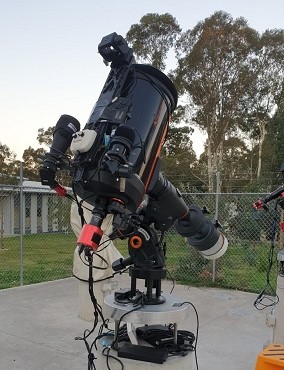
Telescope: Celestron C9.25 XLT SCT f/6.3
Camera: ZWO ASI 183MC-pro
Mount: Celestron CGEM-II
Telescope: Sharpstar 121SDQ APO Quintuplet f/5.6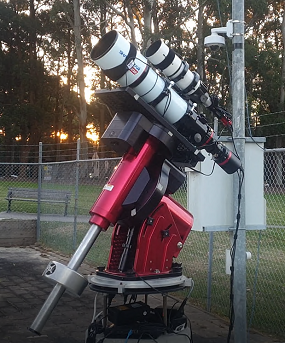
Camera: QHY 268C-PH
Mount: Paramount MEII
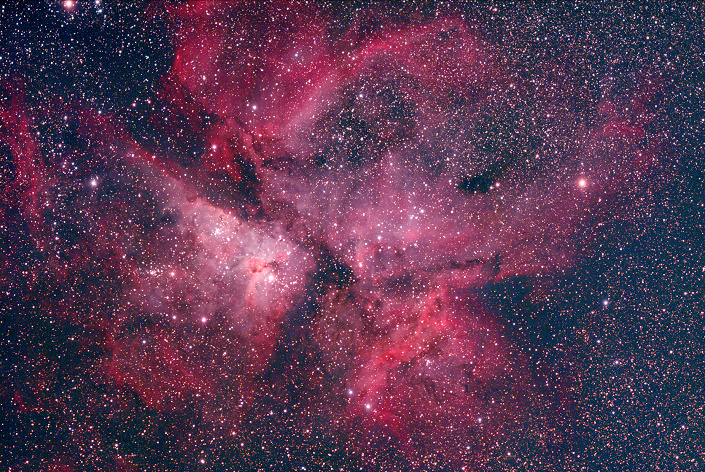
Carina Nebula (NGC3371)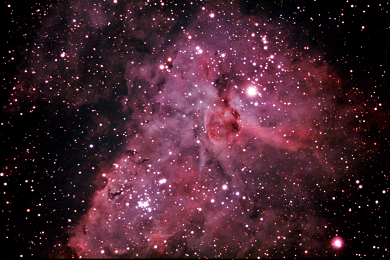
Let’s make our first stop at the Great Carina Nebula. This is also known as NGC 3372, and spans over 300 light-years. A light year is ~9.5 trillion km! This is one of our galaxy's largest star forming regions. The image above was taken with our Sharpstar 121SDQ. To the right, the image was taken with the Celestron 9.25".
Omega Centauri Cluster (NG5139) 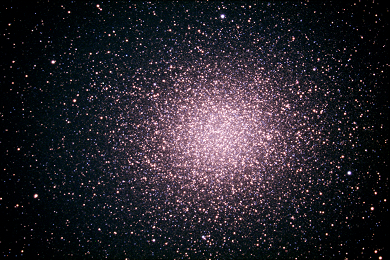
This is our the largest Globular Cluster of about 150 "globular clusters" in the Milky Way. It's big enough that stargazers can spot it by eye from the southern hemisphere or from low northern latitudes. This image was taken with the Celestron 9.25".
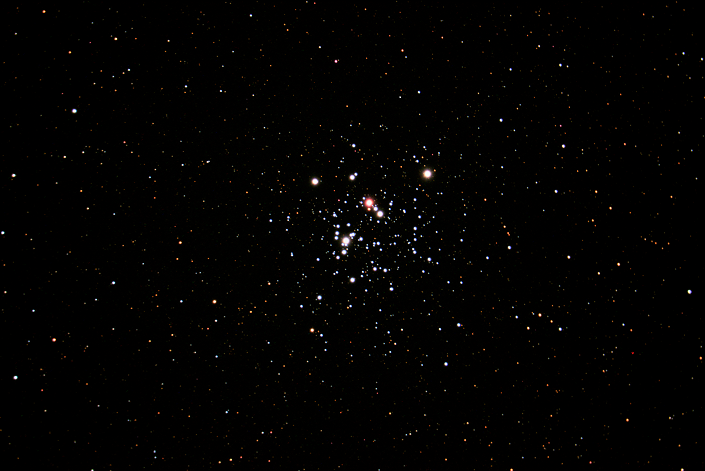
Jewel Box Cluster (NGC4755) 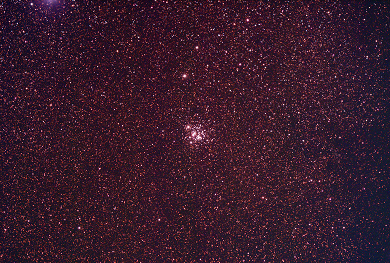
The jewel box cluster is one of the youngest known open clusters. the brightest stars in the jewel box cluster are supergiants, and include some of the brightest stars in the milky way galaxy. The image above was taken with the Celestron 9.25". The image to the right was taken with the Sharpstar 121SDQ.
Antares and Rho Ophuici 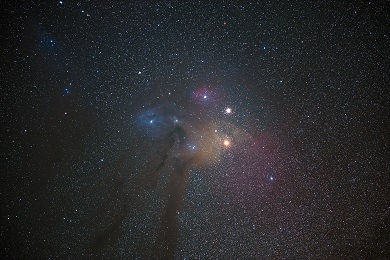
How about we visit Antares? The pulsating red supergiant Antares (“anti-Mars”), is the 15th-brightest star in the night sky, but it gets less attention than its near-twin Betelgeuse. Antares, (like Betelgeuse) is a typical massive M2 supergiant star, 500-600 light years away. It is a very complex star – convecting, pulsating, rotating, and shedding mass at a prodigious rate. But recent spectroscopic and photometric studies of Antares are beginning to solve some mysteries – and raise others. This image was taken with the Sharpstar 121SDQ.
Ghost of Jupiter Nebula (NGC3242) 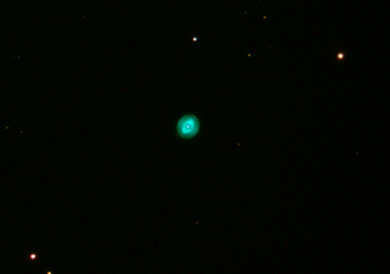
This planetary nebula is most frequently called the Ghost of Jupiter, or Jupiter's Ghost due to its similar size to the planet, but it is also sometimes referred to as the Eye Nebula. The nebula measures around two light years long from end to end and contains a central white dwarf with an apparent magnitude of eleven. The inner layers of the nebula were formed some 1,500 years ago. This image was taken with the Celestron 9.25".
Bug Nebula 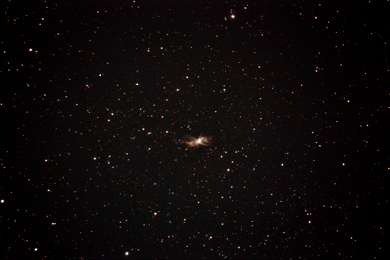
The structure in the nebula is among the most complex ever observed in planetary nebulae. The spectrum of NGC 6302 shows that its central star is one of the hottest stars known, with a surface temperature in excess of 250,000 degrees Celsius, implying that the star from which it formed must have been very large. This image was taken with the Celestron 9.25".
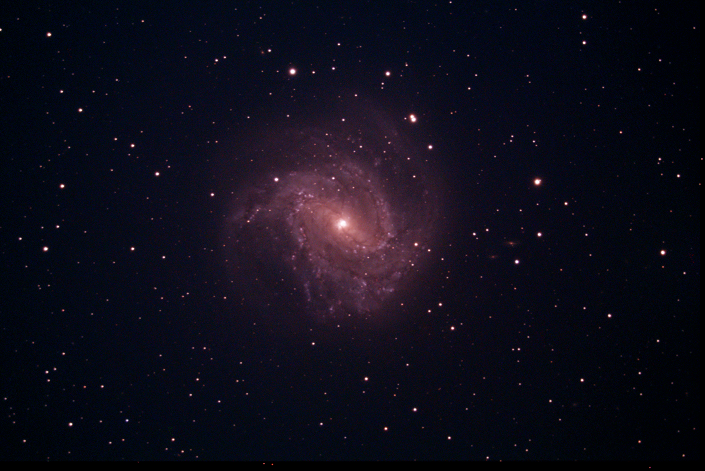
Southern Pinwheel Galaxy (M83) 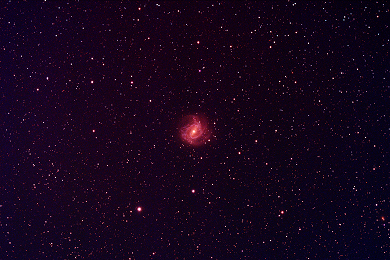
M83 is a massive, grand design spiral galaxy. Its morphological classification in the De Vaucouleurs system is SAB(s)c, where the 'SAB' denotes a weak-barred spiral, '(s)' indicates a pure spiral structure with no ring, and 'c' means the spiral arms are loosely wound. The peculiar dwarf galaxy NGC 5253 lies near M83, and the two likely interacted within the last billion years resulting in starburst activity in their central regions. The image above was taken with the Celestron 9.25". The image to the right was taken with the Sharpstar 121SDQ.